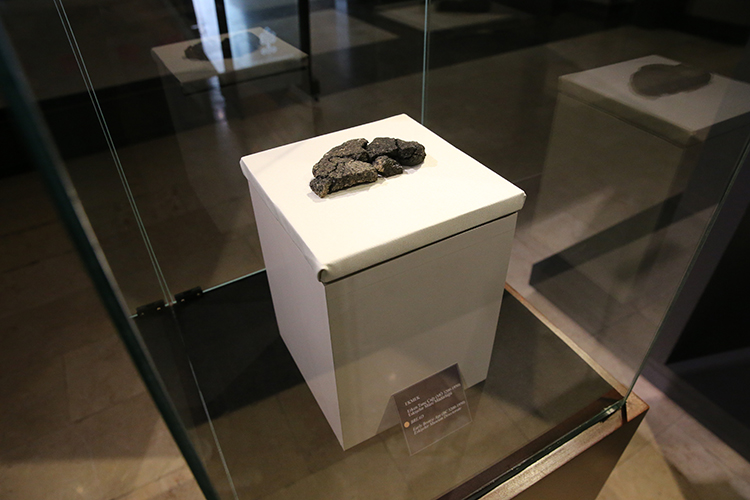
5,000-Year-Old Loaf of Bread Found in Küllüoba Mound Is on Display
A rare 5,000-year-old loaf of leavened and baked bread, discovered in the Küllüoba Mound located in central Türkiye’s Eskişehir province, is now on public display at the ETİ Archaeology Museum as part of the International Museum Day exhibition.
The bread, unearthed during long-term archaeological excavations that have been ongoing since 1996, is considered the earliest known example of fully baked and fermented bread in Anatolia.
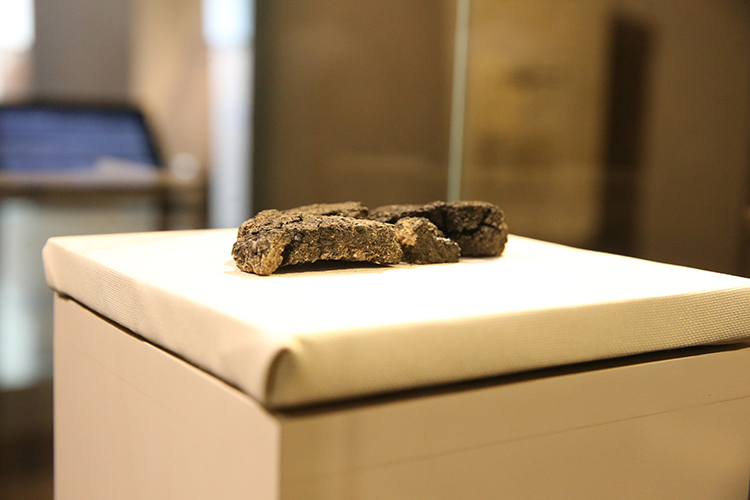
Prof. Dr. Murat Türkteki, head of the Küllüoba excavations and faculty member at Bilecik Şeyh Edebali University, stated that the bread was found near the threshold of a buried house’s back room.
“This is an exceptionally rare find. The loaf measures 2.5 cm thick and 12.5 cm wide, shaped like a tube. It was clearly baked, fermented, and intentionally placed in that location,” Türkteki explained.
Microscopic and chemical analyses revealed traces of phytoliths—residues from plants or leaves that were likely used during the fermentation process. The bread was made primarily from Gernik wheat, a now-rare grain that still exists in small quantities today. Lentil fragments were also identified.
📣 Our WhatsApp channel is now LIVE! Stay up-to-date with the latest news and updates, just click here to follow us on WhatsApp and never miss a thing!!
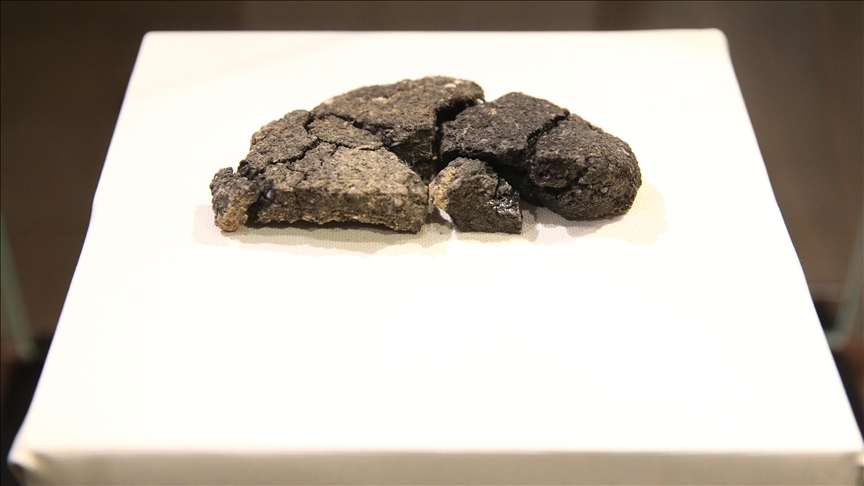
The bread was baked at over 150°C, partially burnt, and may have been placed near the entrance as part of a ritual or symbolic gesture. “If it hadn’t burned, it likely wouldn’t have survived. Interestingly, a piece was broken off before it was placed and burned,” Türkteki added.
This ancient bread provides a unique insight into the dietary habits and cultural rituals of Bronze Age Anatolia. The artifact is expected to be a highlight at the museum’s ongoing exhibition, drawing interest from both researchers and the general public.
Küllüoba Mound: A Center of Early Bronze Age Anatolia
Küllüoba Mound, located in the Seyitgazi district of Eskişehir, Türkiye, is a significant archaeological site with continuous habitation dating back to the late 4th millennium BCE. This site offers valuable insights into one of the earliest urbanization processes in Anatolia during the Early Bronze Age.
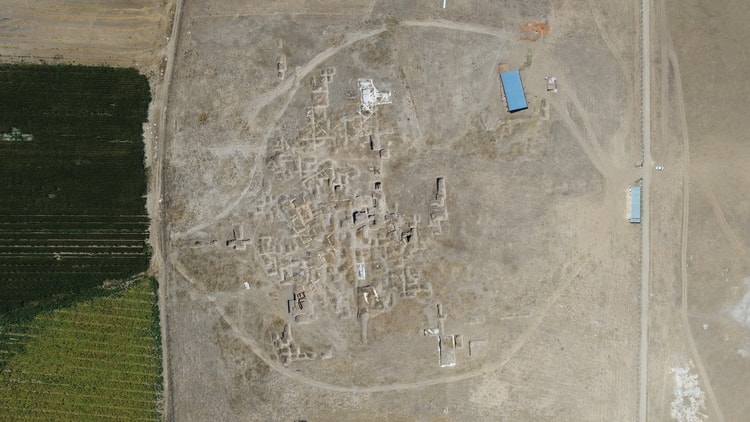
Ongoing excavations since 1996 have uncovered important information about the prehistoric social structure, architecture, and cultural interactions of the region. Artifacts found at the site shed light on various aspects of ancient life, including agriculture, craftsmanship, food production, and ritual practices.
Küllüoba holds a critical position within the network of early settlements in Anatolia and remains an essential location for understanding the region’s archaeological heritage.
Cover Image Credit: Yavuz Emrah Sever/AA
You may also like
- A 1700-year-old statue of Pan unearthed during the excavations at Polyeuktos in İstanbul
- The granary was found in the ancient city of Sebaste, founded by the first Roman emperor Augustus
- Donalar Kale Kapı Rock Tomb or Donalar Rock Tomb
- Theater emerges as works continue in ancient city of Perinthos
- Urartian King Argishti’s bronze shield revealed the name of an unknown country
- The religious center of Lycia, the ancient city of Letoon
- Who were the Luwians?
- A new study brings a fresh perspective on the Anatolian origin of the Indo-European languages
- Perhaps the oldest thermal treatment center in the world, which has been in continuous use for 2000 years -Basilica Therma Roman Bath or King’s Daughter-
- The largest synagogue of the ancient world, located in the ancient city of Sardis, is being restored

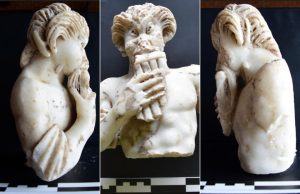
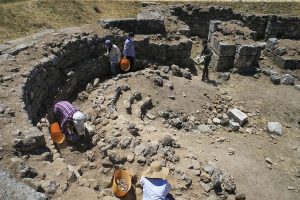
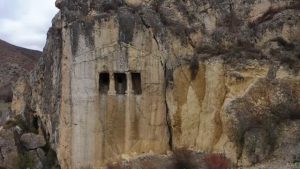
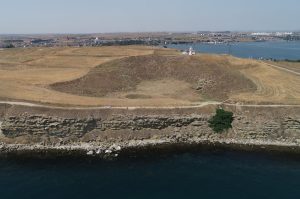
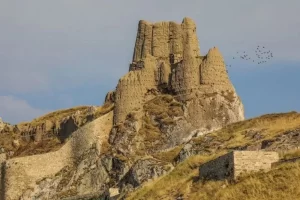
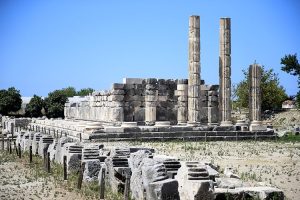


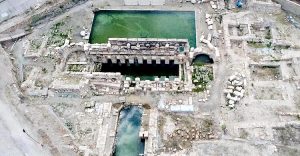
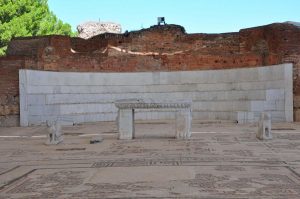
Leave a Reply